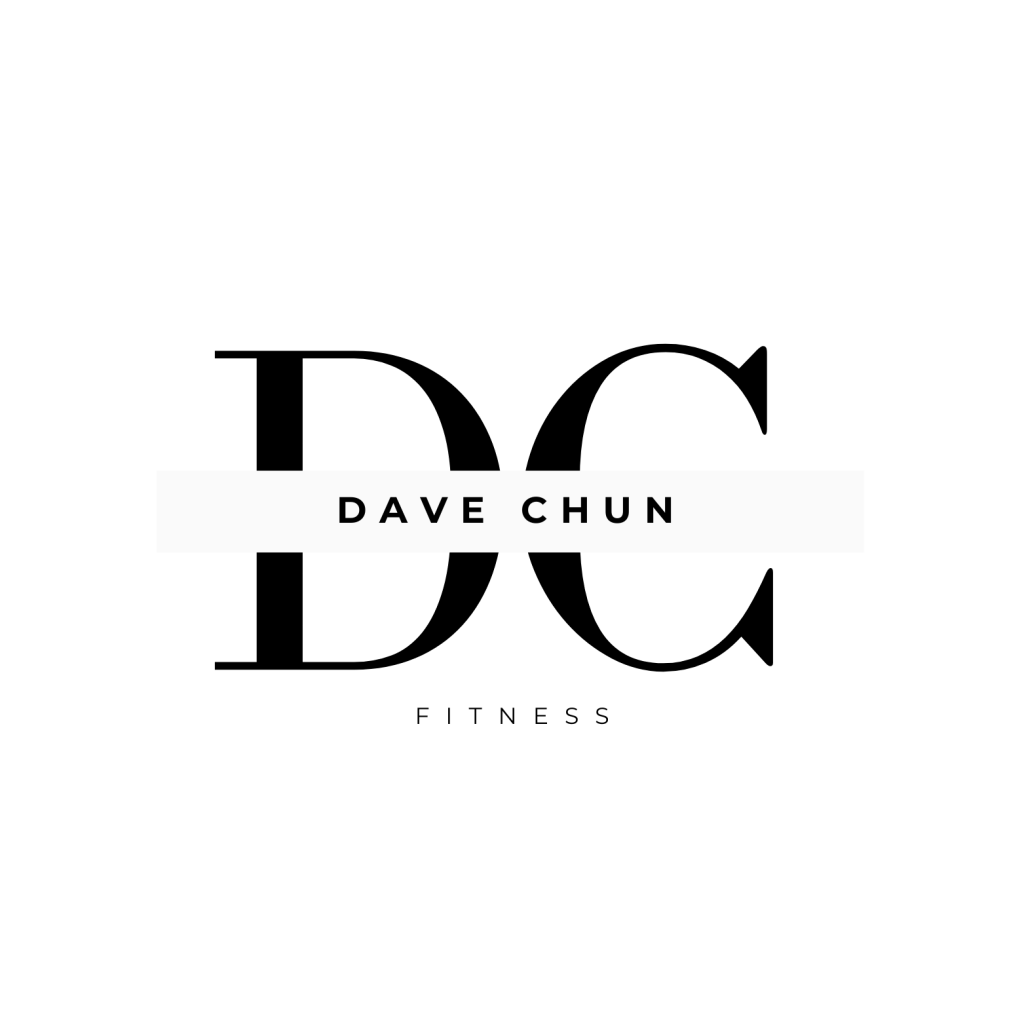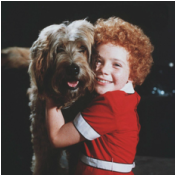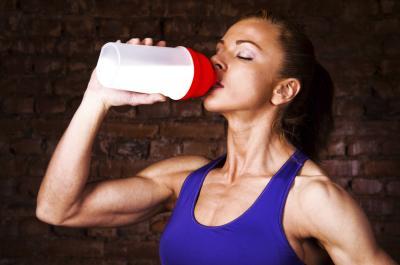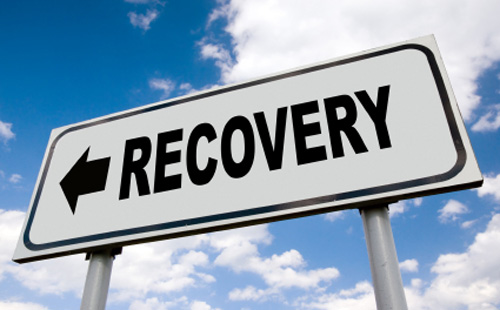|
The topic of recovery from working out is like the red-headed step child–which brings to mind a certain red-head at the gym that I know–of the training world. It is often an after-thought for most. Well, I am here to declare that we need to pay attention to our beloved red-headed step-child!!!
In PT circles, when therapists discuss tissue adaptation and physical stress theory, it goes something like this: |
- Not enough physical stress –> body gets weaker (atrophy)
- Just enough physical stress –> body gets stronger (hypertrophy)
- Too much physical stress –> body gets hurt (injury)
So what we are looking for is the right amount of physical stress (or stimulus) over time to get the desired adaptation by the body. Too often times, I see too much intensity and/or volume in training and not enough recovery, which can inevitably lead to injury. In fact, if you need to go see a physical therapist, I would say there is something wrong with your training methodology. Remember, we are looking for recovery not rehab.
As I mentioned in one of previous posts, “de-loading” is one method to guard against over-training. Another way is to keep training sessions short and sweet. According to research, the ideal duration for strength training is about 45 mins. This time frame is defined by the first work-set to the last. The 45 minute mark is when your positive hormonal environment levels out due to the release of cortisol–a hormone that is release when the body is over-stressed.
In the book Supertraining, Siff and Verkhoshansky write about the various methods Russian athletes use for restoration. The Russian trainers they discussed in the book believed that restoration can be addressed in two realms:
- Physiological
- Psychological
Further, physical restoration this can be broken down to passive and active restorative methods.
|
Passive Restoration Methods
|
Active Restoration Methods
|
With increased popularity of Eastern practices like Yoga and Tai Chi, the realization of the importance of mind-body connection is much more readily accepted in the West. Siff and Verkhoshansky really understood the importance of the restoration of not only the physical body but of the mind as well.
A wise man once said, “Without proper recovery, training is for naught but with proper recovery, you can be like a Korean juggernaut.” Who was this wise man you ask? Your guess is good as mine.




0 responses to “Recovery methods”